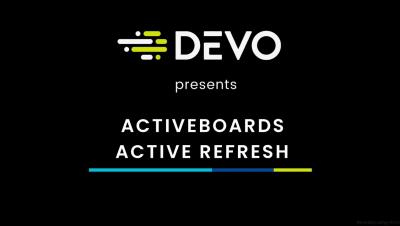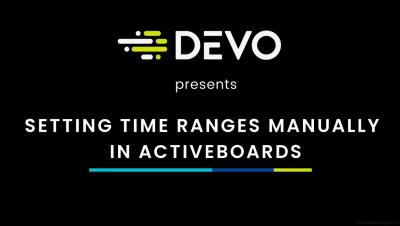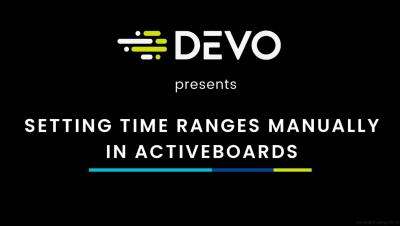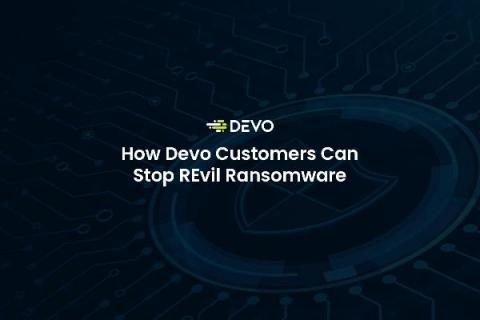Security | Threat Detection | Cyberattacks | DevSecOps | Compliance
July 2021
A Conversation with Mickey Perre, Devo Cybersecurity Strategist in ANZ
What is it about Devo that enticed you to join the company? If you look at my history, you’ll quickly realise I am passionate about two things: data and cybersecurity. One other passion that is not widely known is that I am a bit of a graph-processing fanatic. Solving problems in the modern security landscape isn’t just about collecting loads of data — which Devo does well — but how you can turn that data into actionable intelligence.
XDR Security: Why Successful XDR Is Driven by Data and Security Analytics
Let’s take a trip — back about eight years — when a Gartner analyst coined the term endpoint detection and response (EDR). He was describing security systems that both detect and investigate suspicious activities on computers and other devices and use automation to help security operations center (SOC) teams quickly identify and respond to threats. Since then, EDR has become a critical component of a modern security stack for organizations of all sizes.
The Future Federal SOC Will Be Data-Driven
The executive order on cybersecurity President Biden issued in May doesn’t radically change federal cybersecurity practices for now, but it lays the groundwork for significant changes in the future. The EO directs multiple federal agencies to develop new policies and processes to safeguard federal networks, and also to improve the overall cybersecurity posture of all Americans.
Setting time ranges manually in Activeboards
Activeboards Calendars - Setting time ranges manually
How to Securely Send Data to Your SIEM
Deploying a SIEM requires strategic planning. When deciding on a deployment, an organization must consider the level of risk it is willing to assume, what its security priorities are, and which use cases to implement. From there, your security operations team must thoughtfully identify their inputs — the data the SIEM solution will gather — before rolling out anything. Otherwise, you won’t obtain your desired outputs to identify high-fidelity alerts to act on.
How Devo Is Working with Google Cloud IDS to Deliver Greater SOC Visibility with Integrated Security Tools
As the only cloud-native logging and security analytics platform that enables organizations to take full advantage of all of their data to run and secure their business, Devo is committed to working with other leading security technology providers to bring advanced capabilities to our customers. That’s why we’re pleased to announce an integration with Google Cloud IDS.
Cloud Security Best Practices: Four Tips for Moving Security Technologies to the Cloud
In my previous post, I discussed cloud-computing security challenges identified in our new report, Beyond Cloud Adoption: How to Embrace the Cloud for Security and Business Benefits. Based on a survey conducted by Enterprise Strategy Group (ESG), the report found that while cloud computing does initially introduce security challenges and increased complexity, it’s worth it in the end. That said, CISOs need to strategically invest time and resources to achieve better security outcomes.
Discover How Businesses Have Adopted Cloud Computing Security
How SecOps Can Embrace the Shift to the Cloud
Detection and Investigation Using Devo: REvil Ransomware Kaseya VSA
On July 3, 2021, Kaseya reported1 a potential attack against its Virtual System/Server Administrator (VSA) that apparently had been limited to a small number of on-premises customers. Kaseya recommended an immediate shutdown of the VSA server until further notice. The small number of affected customers grew to thousands in just a few hours.









